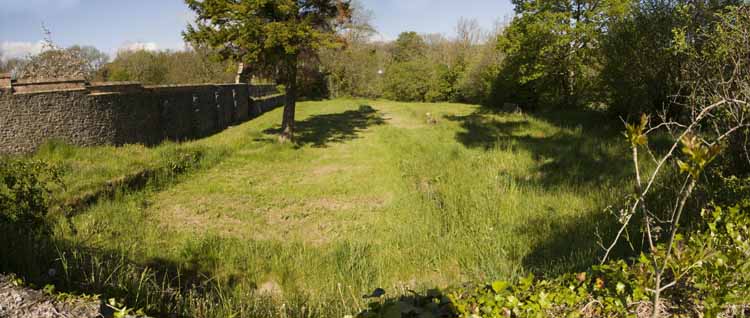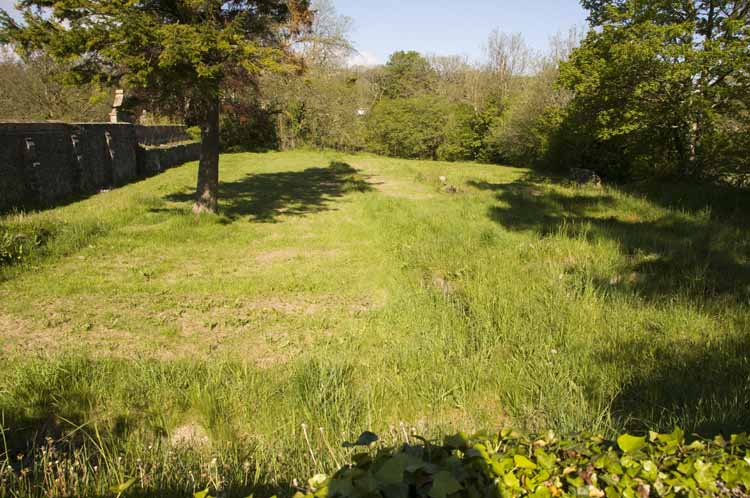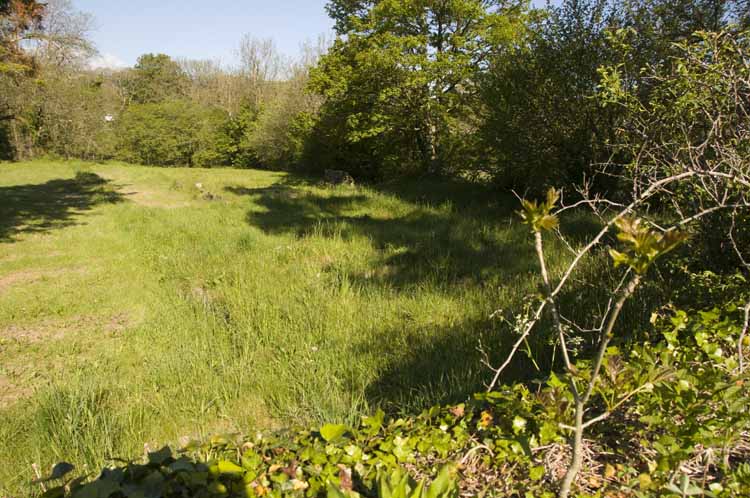Cistercian Abbey at
Whitland, Carmarthenshire, Wales was founded in 1140 under
the patronage of Bernard, bishop of St. Davids (1115-1148). It was
the first of four houses in Wales to be colonised directly from
Clairvaux, and was destined to be the mother-house of most of the
abbeys founded in the second half of the 12th century in the central
and northern parts of Wales. The community of monks first arrived in
West Wales in 1140 and by 1144 had settled at Little Trefgarn near
Haverfordwest. Whitland took pride of place amongst the early
Cistercian abbeys of south Wales and was from the first a house of
the native Welsh in which members of the chief families took the
habit and became abbots. Whitland established three colonies of
monks within thirty years of existence: Cwmhir (1143), Strata
Florida (1164) and Strata Marcella (1170). By the 15th century the
abbey supported 100 monks. In 1151 the monks at Little Trefgarn
moved to a more suitable site at Whitland. From approximately 1165
patronage of Whitland was acquired by Prince Rhys ap Grufford (d.
1197). Under his patronage the community prospered and by the 13th
century the abbey had extensive landholdings organised around it's
17 grange. In the following decades Whitland sent out a further two
colonies to establish daughter-houses at Comber (1199) and Tracton
(1224).
Whitland supported Welsh independence and in 1257
Stephen Bauzan, Nicholas lord of Cemais, Patrick de Chaworth lord of
Kilwelly and lord of Carew, accompanied by a band of knights, invaded
Whitland Abbey, belaboured the monks, stripped the lay-brethren, and
killed the abbey servants. When the attackers left they took with them
Whitland's horses and valuables, except those in the church. The abbey
also suffered great damage during the Welsh wars of King Edward I. It is
known that a royal inquest during the reign of Edward I had acknowledged
a claim for £260 by way of compensation. However, nothing was ever paid
to the abbey and it has been suggested that Whitland forfeited its right
of compensation by its overt assistance to the Welsh during the years of
conflict. Following these events Whitland began to decline in wealth and
at the time of the Dissolution the net annual income of the abbey was
valued at £135. In 1536 Abbot William Thomas avoided the closure of his
abbey by proffering the vast sum of £400. The abbey survived for only
three more years and was finally dissolved with the larger monasteries
in February 1539.
Little remains of the abbey today, save some fragments
of the abbey church. However, the plan of the precinct is visible in
outline, depending how long the grass is, but it can only be viewed from
the pubic road. Sources:

University of Sheffield -
The Cistercians in
Yorkshire Project

